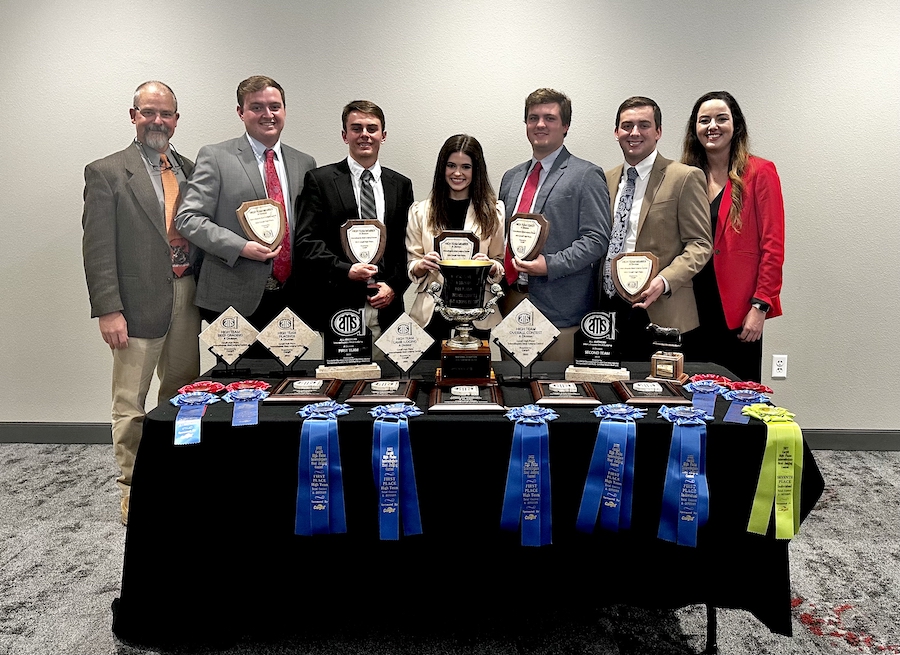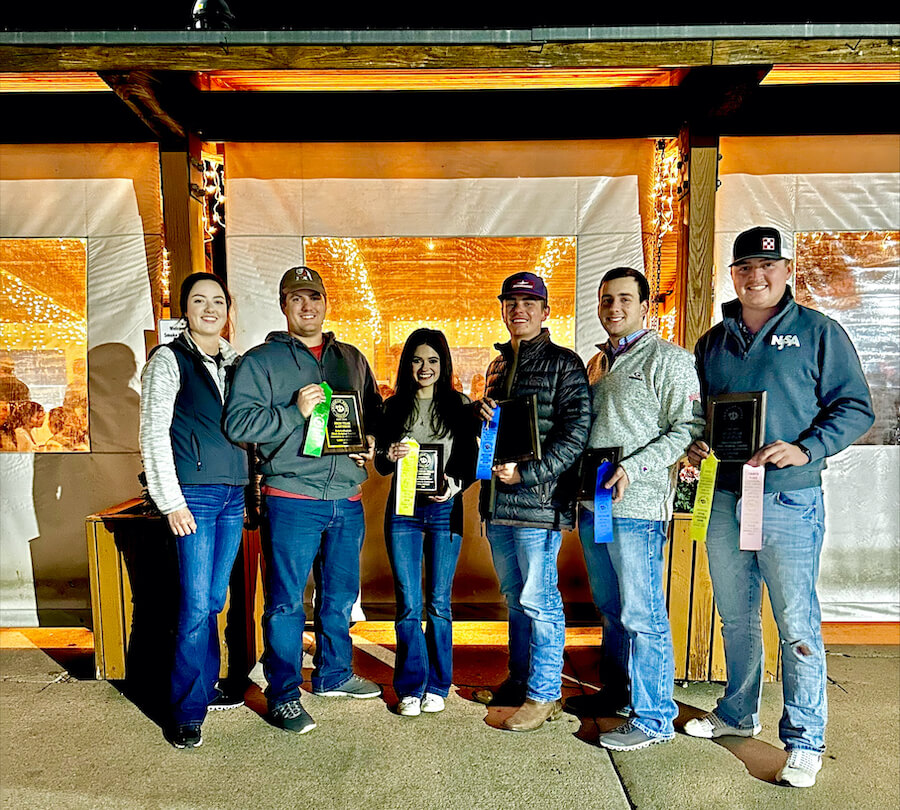The University of Georgia College of Agricultural and Environmental Sciences and College of Veterinary Medicine are offering a unique training opportunity for cattlemen who want more information on how to assist cows and heifers having difficulty calving.
What is to be expected when delivering a calf? What is normal? How much time is there to get the calf if it is in the breech presentation? When is it time to call a veterinarian? Those are some of the questions that can be answered as cattlemen practice delivery with a calving simulator.
Introduced at last year’s Sunbelt Ag Expo in Moultrie, Georgia, the simulator is a helpful tool to use in teaching cattlemen how to deliver a calf safely and in a timely manner. The Georgia Department of Agriculture’s Agricultural Commodity Commission for Beef funded an education grant proposal to purchase a calving simulator for UGA experts to use for trainings across Georgia, in collaboration with UGA Cooperative Extension.
“The simulator is the best tool I have seen for simulating real-life scenarios. It wouldn’t be feasible to demonstrate every situation with live cattle, so this is certainly more convenient and useful,” said Lee Jones, associate professor in the Food Animal Health and Management Program of the UGA College of Veterinary Medicine at the Tifton Veterinary Diagnostic Laboratory in Tifton, Georgia.
Jones and UGA beef cattle nutritionist Jacob Segers teamed up with Clemson University beef specialist Matt Burns to showcase the simulator during the expo in October 2015. The simulator consists of a synthetic cow’s body with a life-size baby calf inside. The setup presents students with a to-scale scenario that allows them to learn techniques to safely extract the calf. The simulator has a removable side so that farmers can see what’s going on inside the cow.
“Some farmers have difficulty finding a veterinarian. It would be good if they knew effective techniques to correct simple calving problems. This will help reduce calf loss and cow infertility resulting from calving difficulties. There is no reason that some farmers can’t safely assist some cows with an ‘easy pull,’” Jones said.
According to Segers, the simulator helps to establish the most successful methods of birthing a calf without sacrificing the life of the cow. It teaches farmers what’s to be expected when a calf is in the breech presentation and how a leg feels when it’s turned backward.
“The nice thing about the simulator is that the cattlemen have had their hands in there and know what it feels like. If it’s not all brand new to you the first time, you tend to keep a cooler head and work a little more efficiently if an emergency situation arises. We feel like these folks come away with a better understanding of when to help, how to help and when it’s time to call a vet,” Segers said.
The recent increase in Georgia cattlemen has necessitated more frequent calving trainings. Beef prices tempted new producers to enter the industry, and many of these new cattle farmers are unfamiliar with the normal calving process. UGA experts feel that the simulator’s addition is a timely training effort that can be employed to offset potential problems stemming from inexperienced farmers trying to deliver calves.
“We did get a lot of new people in the cow business when prices were high. I am sure they are hurting now that the prices dropped as far as they did,” Jones said. “Now, it is important to help every calf be born vigorous and healthy, and to not lose any to calving problems. More calves are lost at calving or from the consequences of a difficult delivery than any other cause.”
Segers said birthing problems are not common, but they can happen. He believes producers need to be prepared if a problem arises. If a cow is in labor, Segers stresses that cattlemen keep a working toolkit equipped with chains, clean gloves, lubricant, etc. Being prepared saves the farmer time if an emergency situation does occur.
When is it officially an emergency?
The labor process is longer for heifers than for cows, says Jones. Typically, the entire process takes a few to several hours. Unfortunately, cattle experts often don’t know exactly when the calving process starts, so they don’t know if enough time has passed. “After the water bag appears, we typically recommend intervention if you don’t see progress in two hours. By progress, I mean appearance of two hooves and a nose,” Jones said.
UGA Extension county agents are encouraged to contact Jones, Segers or the College of Veterinary Medicine Assistant Professor Brent Credille in Athens, Georgia, to schedule a training for their county or local cattlemen’s group.

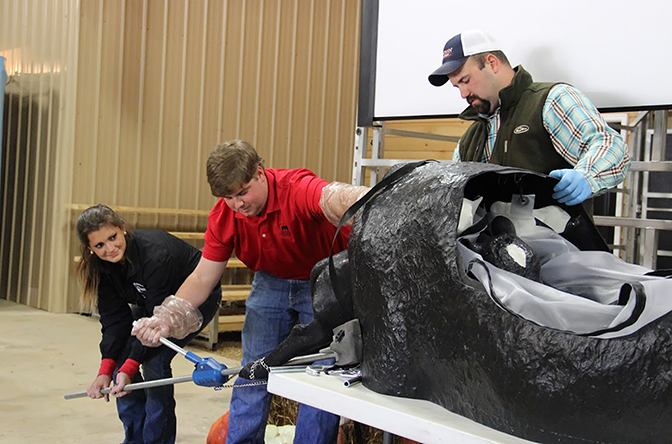
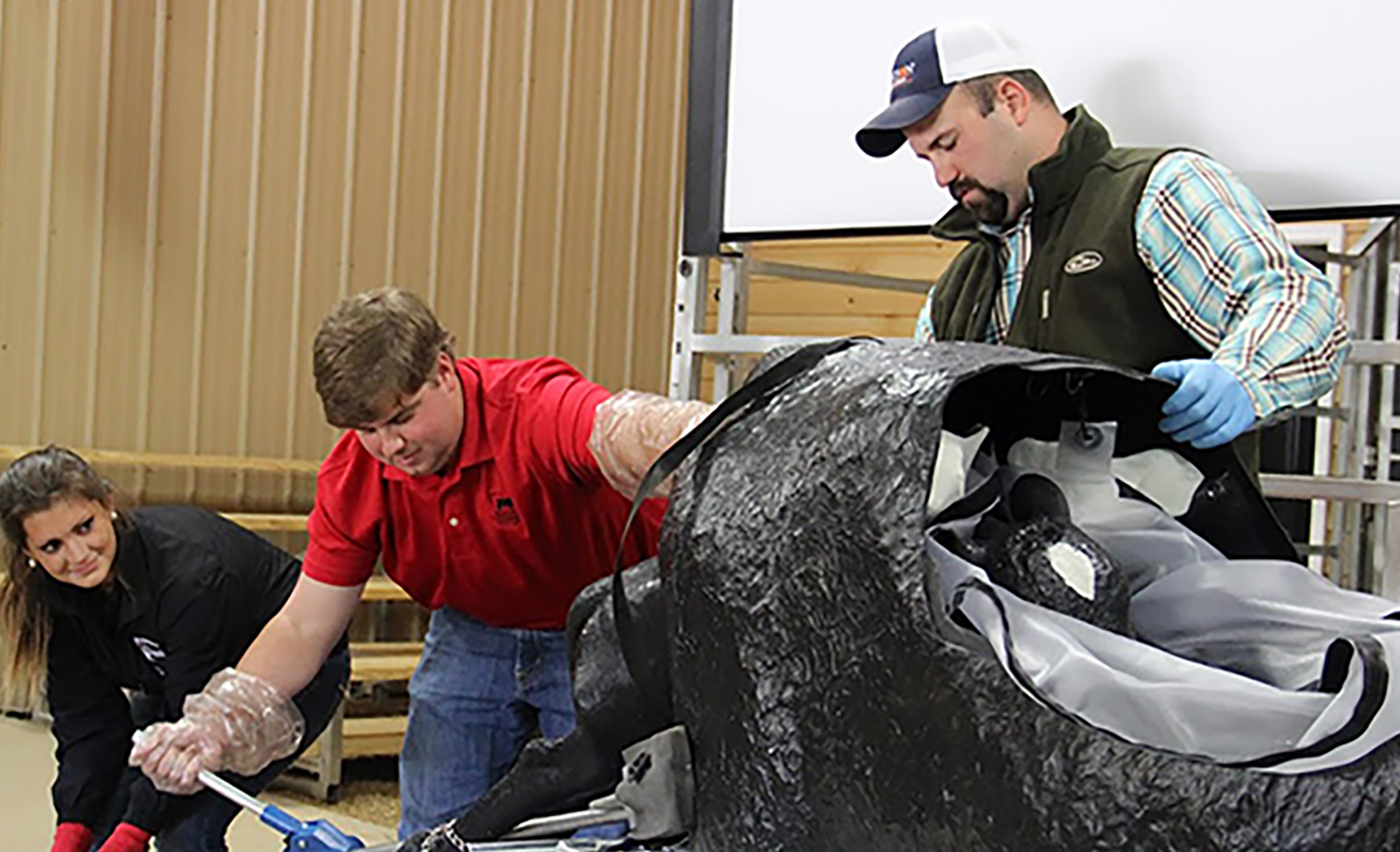

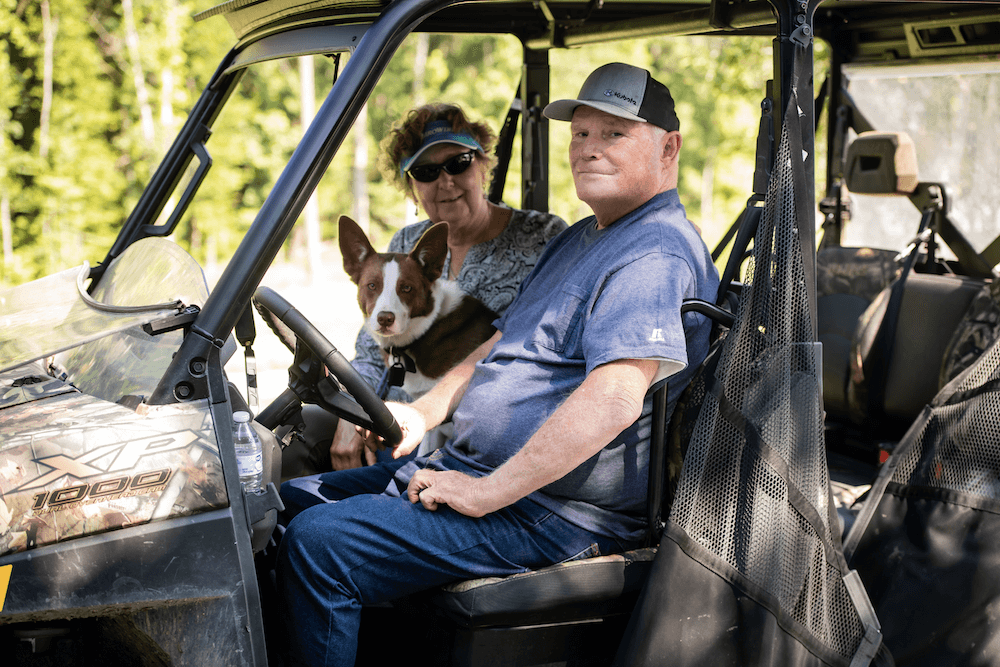
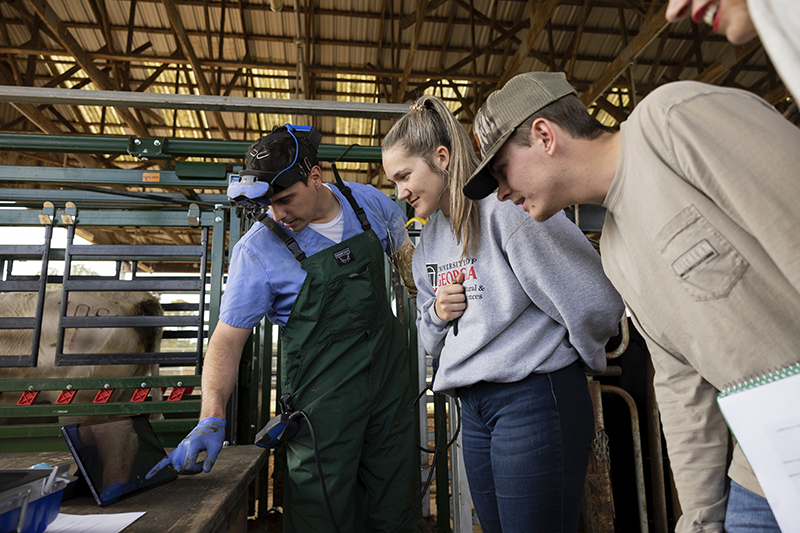
.png)
